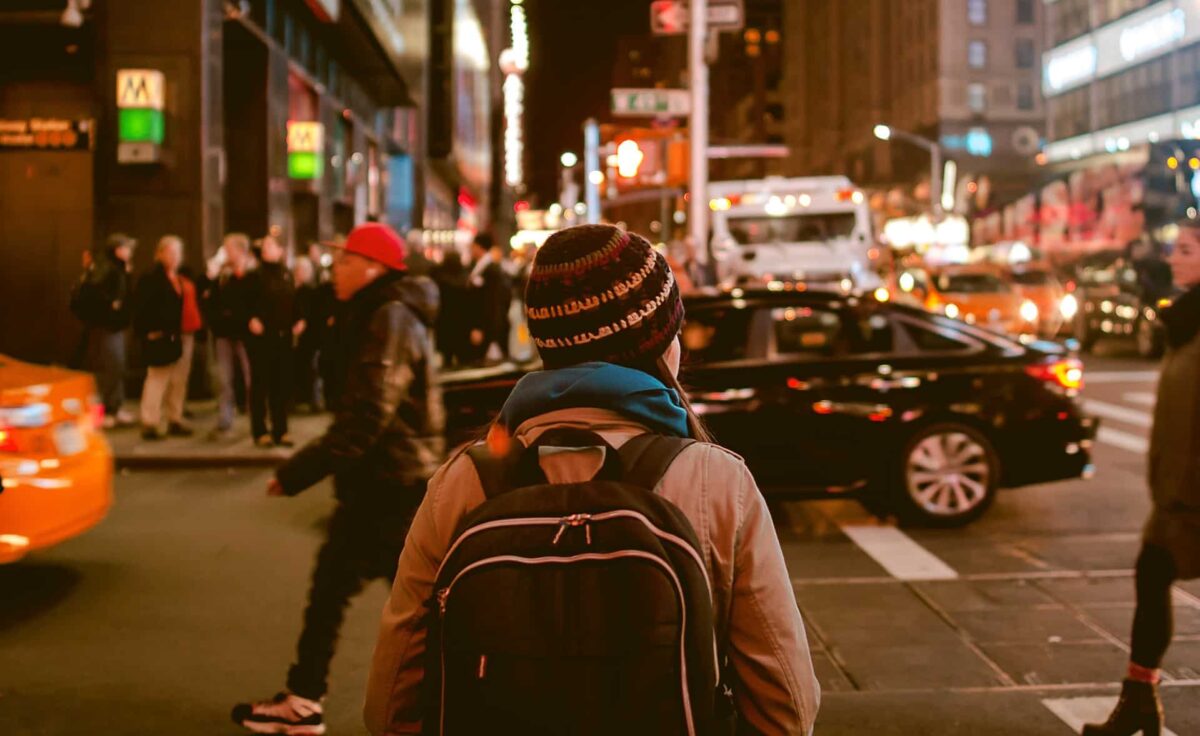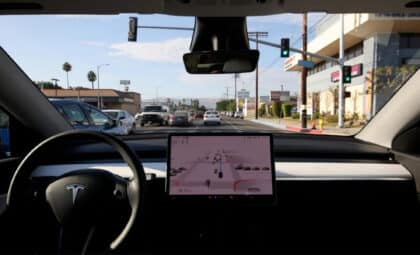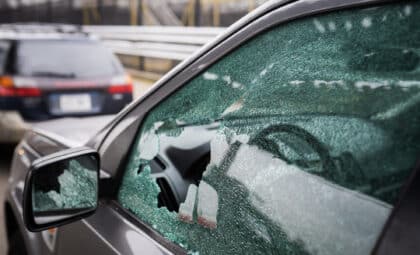 Keep an eye out for pedestrians crossing the road before making a turn
Keep an eye out for pedestrians crossing the road before making a turn
Photo: Free-Photos via Pixabay
Some cities have initiated “Vision Zero” programs designed to pass stricter laws to discourage aggressive driving. Others are also looking at improving road designs to protect pedestrians. The Insurance Institute for Highway Safety released a new study advocating that city’s install obstacles at intersections to reduce left-turn pedestrian collisions.
Confidence Boost: Discover the advantages of OnStar technology
The need for safety-conscious intersection designs
From 20019 to 2018, pedestrian fatalities increased 53 percent, according to the IIHS. They comprise 17 percent of the nation’s traffic fatalities. Left-turn crashes are a particular concern since they account for nearly one-third of all pedestrian-involved impacts at intersections during 2018.
The IIHS suggests that something called “centerline hardening” could provide pedestrians with extra protection from these avoidable collisions. Per Autoblog, centerline hardening uses rubber curbing and bollards (i.e. yellow traffic poles) to create barriers that vehicles must drive around.
Safety First: Take advantage of these brake service specials from Copeland Chevrolet
Findings from the study
To IIHS bases its centerline hardening suggestion on the research of Wen Hu, one of its senior research transportation engineers. Hu studied the effect of centerline hardening had on intersection safety in Washington, D.C. He gathered data from 10 different intersections for two months before the changes and three months after the changes.
After an intersection had installed these obstacles, “the times drivers had to swerve or brake suddenly or pedestrians had to dodge out of the way” dropped by 70 percent. “Centerline hardening can be an effective tool alongside road diets, curb extensions, median islands and other measures that have been demonstrated to reduce risks for the most vulnerable road users,” said Hu.
Some urban hubs across the country, like New York City, have already adopted centerline hardening for intersections. It will be interesting to see how many other U.S. cities start implementing these techniques to help keep pedestrians safer.
Whitney Russell resides in Dayton, though her spirit can be found beach-bumming in Puerto Rico (the land of her half-Puerto Rican heritage). When not crafting car-related content, she can be found chasing after the most amazing toddler in the world, watching her “beaver” of a husband build amazing woodworking projects, hanging out with two crazy dogs, and visiting family and friends. She also enjoys traveling, crafting, and binge-watching period dramas when time allows. See more articles by Whitney.










